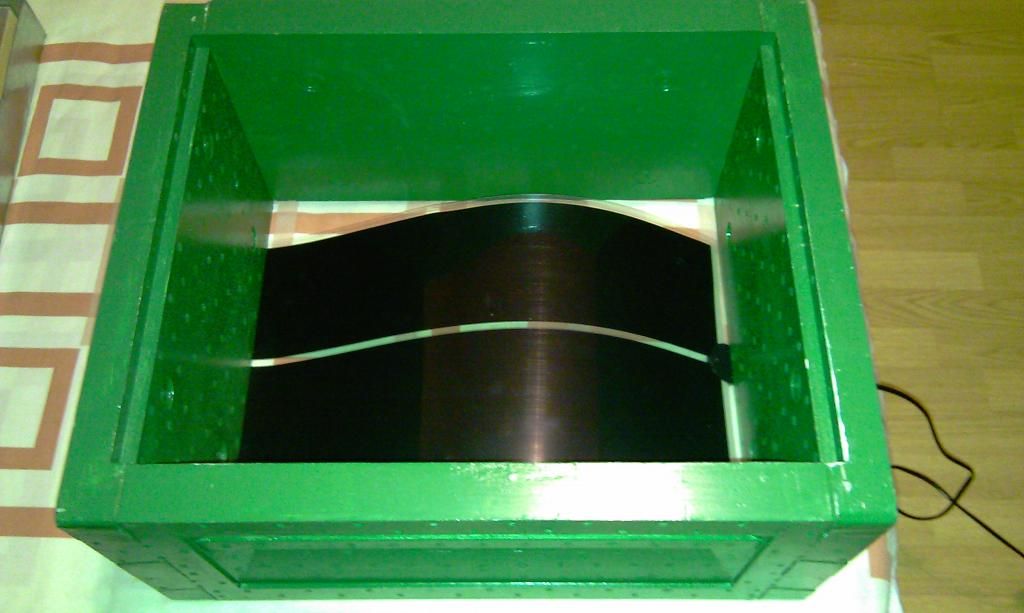The bees make a very liberal use of this substance [propolis] to fill up all the crevices about their premises: and as the natural summer heat of the hive keeps it soft, the bee moth selects it as a proper place of deposit for her eggs. For this reason, the hive should be made of sound lumber, entirely free from cracks, and thoroughly painted on the inside as well as outside. When glass is used, there is no risk that the bed[sic] moth will find a place in which she can insert her ovi-positor and lay her eggs.
[...]
My hives are so constructed, that if made of wood, they may be thoroughly painted inside and outside, without being so smooth as to annoy the bees; for they travel over the frames to which the combs are attached; and thus whether the inside surface is glass or wood, it is not liable to crack, or warp, or absorb moisture, after the hive is occupied by the bees. If the hives are painted inside, it should be done sometime before they are used. If the interior of the wooden hive is brushed with a very hot mixture of the rosin and bees-wax, the hives may be used immediately.
Langstroth, 'On the Hive and the Honey-Bee'




